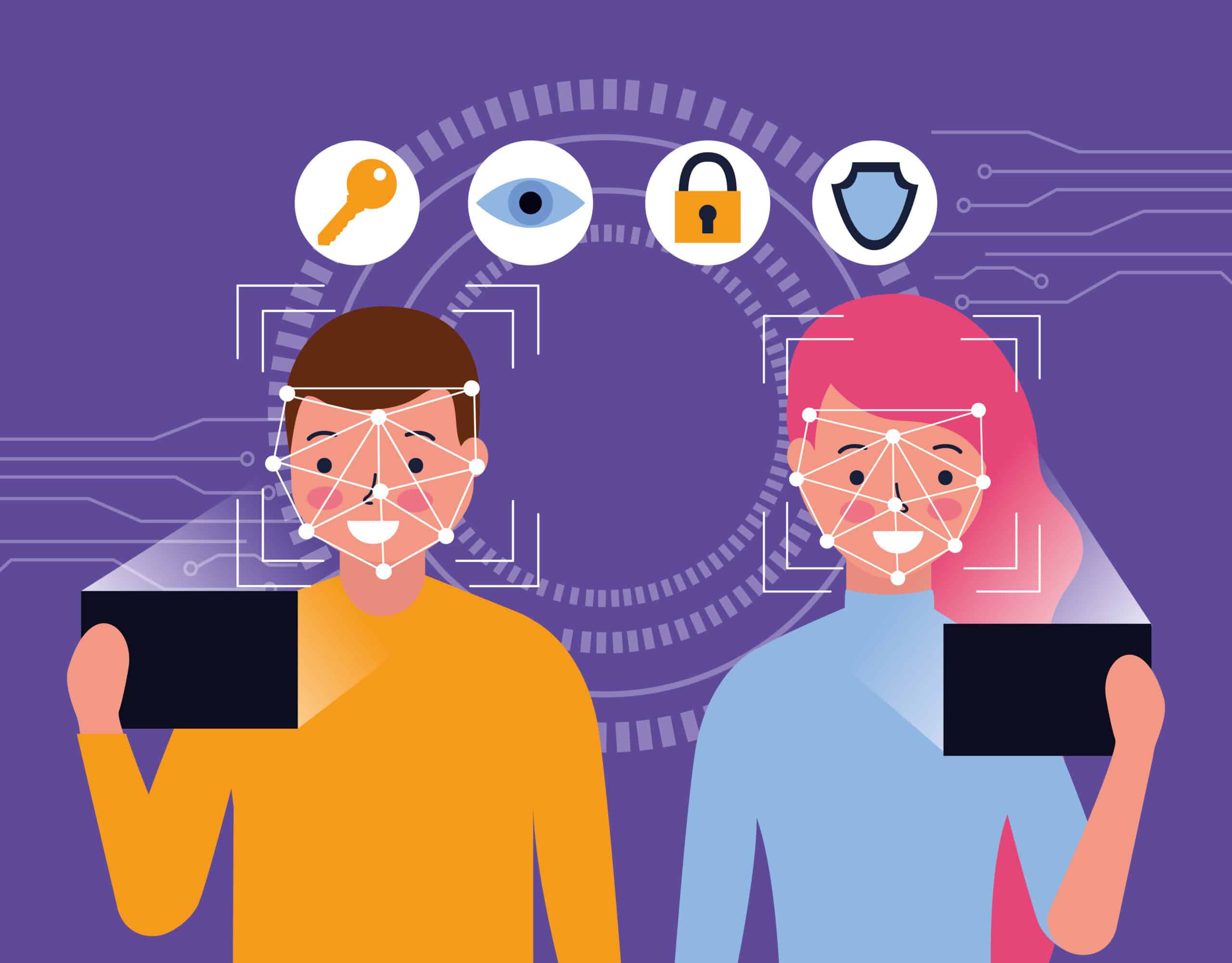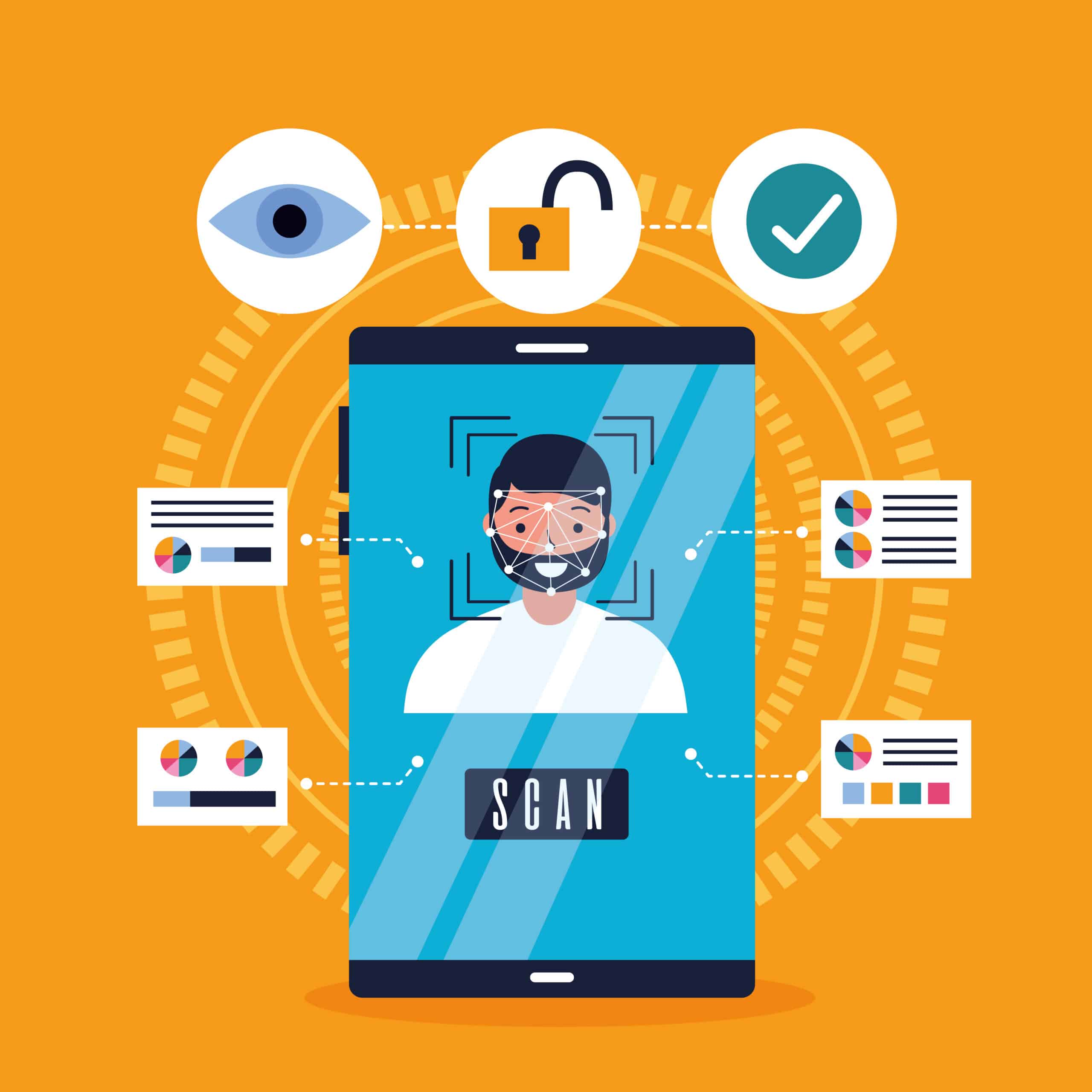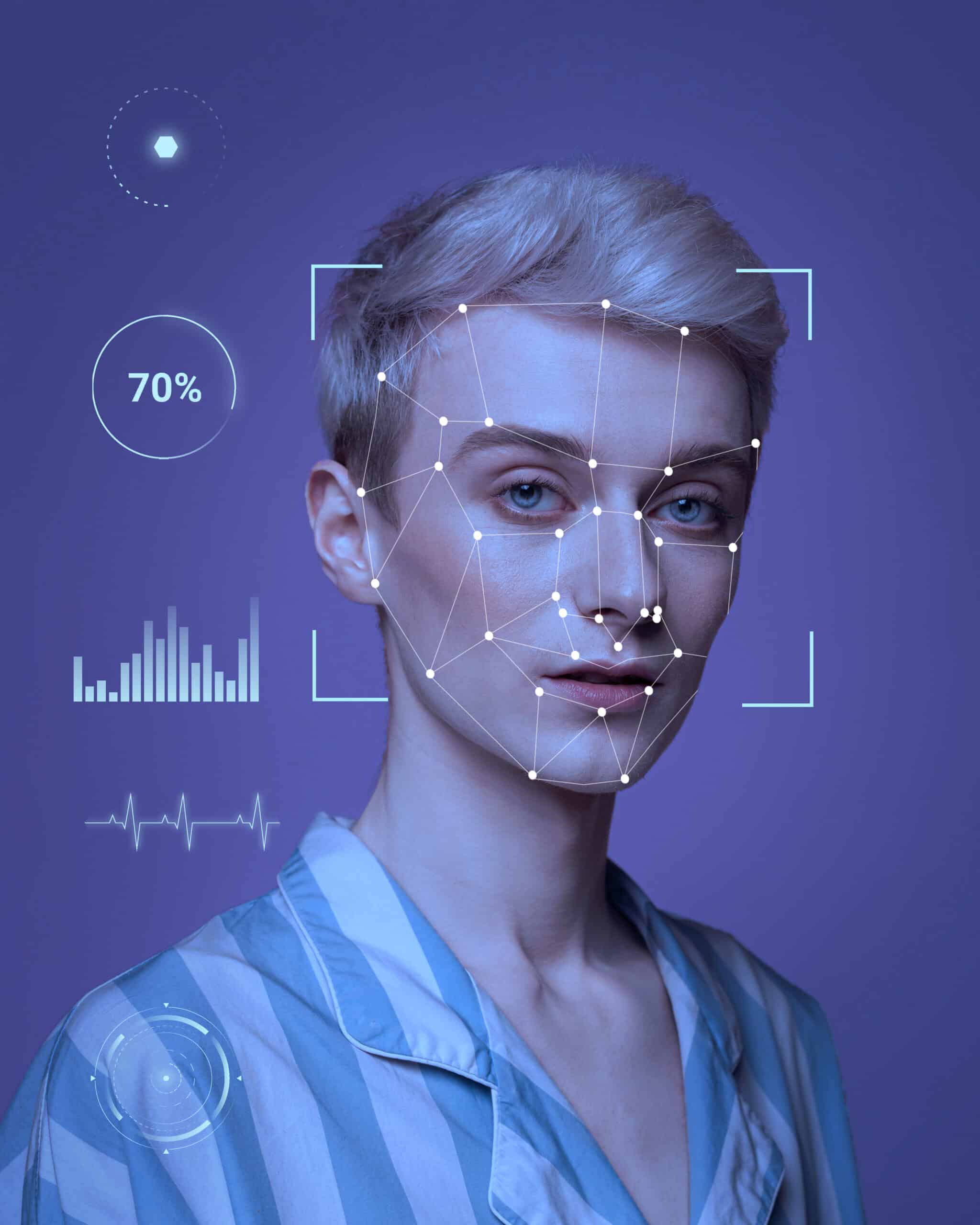Revolutionizing Identity Verification: The Power of Facial Recognition
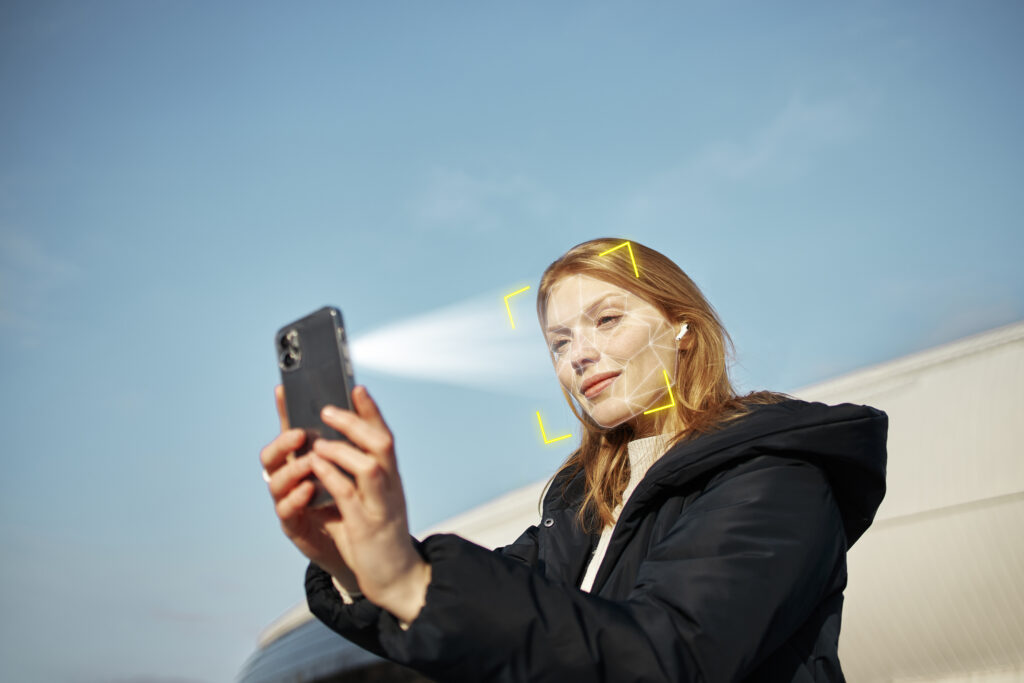
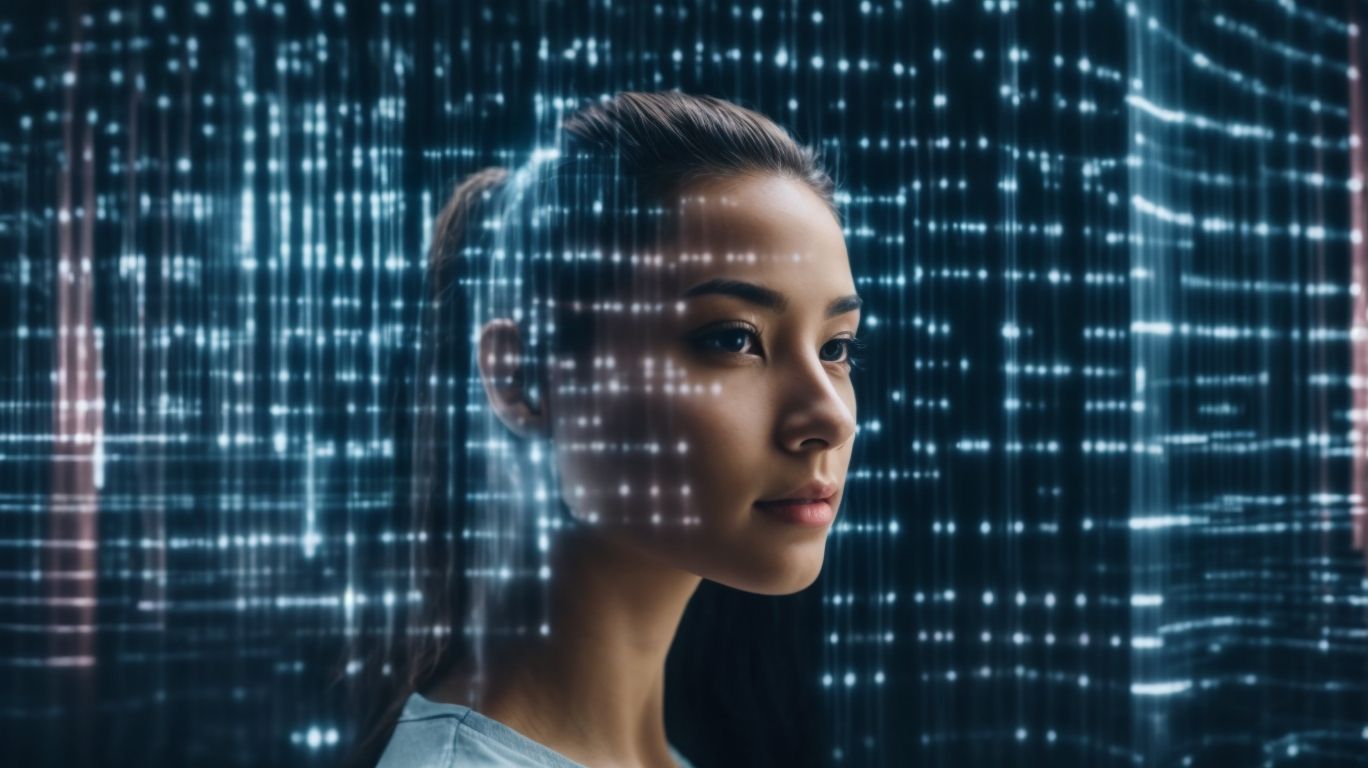
In a world where identity verification is becoming increasingly crucial, facial recognition technology is revolutionizing the way we confirm identities. From facial detection to feature extraction and matching, this cutting-edge technology is reshaping security measures and user experiences across various industries. Explore the power of facial recognition.
However, with the benefits come concerns about biases, privacy, and data misuse. Explore the ins and outs of facial recognition identity verification, its current uses, and its future implications.
Dive into the future of identity verification processes!
What is Facial Recognition Identity Verification?
Facial Recognition Identity Verification is a cutting-edge technology that revolutionizes identity verification processes by using biometric data to authenticate individuals based on their facial features.
This innovative technology utilizes advanced artificial intelligence algorithms to analyze and recognize unique facial patterns, making it a highly accurate method for user authentication. By incorporating sophisticated recognition systems, facial recognition not only enhances security measures but also streamlines identity management processes. It plays a crucial role in safeguarding privacy through encryption and data protection protocols, ensuring that sensitive biometric information is securely stored and utilized only for authorized purposes.
How Does Facial Recognition Identity Verification Work?
Facial Recognition Identity Verification operates through a series of sophisticated processes that automate identity validation by analyzing facial biometrics to ensure secure user authentication.
Facial detection is the initial step in this process, where a camera captures the facial image of the individual. This image is then analyzed using advanced algorithms to extract facial features such as the distance between the eyes, the shape of the nose, and the contours of the face.
These feature extraction techniques utilize machine learning to create a unique facial template for each individual. The final stage involves facial matching, where the extracted facial features are compared with a stored template to confirm the person’s identity, ensuring secure transactions and access control.
Facial Detection
Facial Detection is the initial phase of facial recognition where the system identifies facial features and patterns to establish a baseline for further verification.
During facial detection, the system uses complex algorithms to analyze key facial landmarks such as the distance between the eyes, nose shape, and mouth features. This process involves facial scanning, where high-resolution images are captured and compared for accurate facial matching. Advanced security measures like liveness detection are incorporated to prevent spoofing attacks, ensuring that only authentic users can access the system. The precision of facial feature identification plays a crucial role in enhancing the overall accuracy of recognition systems and providing secure authentication processes.
Facial Landmark Detection
Facial Landmark Detection involves pinpointing specific facial features such as eyes, nose, and mouth, which serve as unique identifiers for authentication purposes.
This process plays a crucial role in facial recognition identity verification, as it helps in creating a facial biometric template unique to each individual. By analyzing the unique structure and proportions of these facial landmarks, the system can verify and authenticate the identity of a person seeking access.
Facial landmark detection enhances the security of recognition systems by providing a more reliable and sophisticated method of user authentication. It significantly contributes to secure access to devices, buildings, and sensitive information, thereby playing a vital role in fraud prevention efforts.
Feature Extraction
- Feature Extraction in facial recognition focuses on extracting unique facial characteristics and converting them into digital data for comparison and analysis.
- The process involves capturing key facial features like the distance between the eyes, nose shape, and jawline to create a digital representation of the individual’s face. This innovative technology utilizes facial analysis algorithms to ensure accurate identification and authentication.
- By transforming these facial landmarks into a secure digital identity, the system can quickly match and verify an individual’s identity, enhancing security and privacy protection.
- This secure authentication method offers a seamless and convenient way to verify one’s identity without compromising sensitive personal information.
Facial Matching
Facial Matching is the final step in facial recognition identity verification, where the system compares extracted facial features to stored data for accurate user identification.
This process is crucial for ensuring secure identity verification in various industries, from financial institutions to tech companies.
Facial recognition technology has advanced significantly in recent years, utilizing complex algorithms to precisely analyze facial structures and unique identifiers. By measuring key points on the face such as the distance between eyes, nose shape, and jawline, the system creates a facial template for each user. The digital verification of these facial features ensures that only authorized individuals can access sensitive information, making it a powerful tool for maintaining security and privacy.
What are the Benefits of Facial Recognition Identity Verification?
Facial Recognition Identity Verification offers enhanced security measures through automated processes that ensure high accuracy in user authentication and identity validation.
This advanced technology plays a crucial role in fraud prevention by effectively identifying and verifying users, reducing the risk of unauthorized access and identity theft. The streamlined automation of facial recognition not only enhances the user experience by providing a seamless and convenient process but also significantly reduces the chances of human error in identity management. The improved accuracy in user identification provided by facial recognition systems can lead to faster and more efficient transactions, ultimately enhancing overall security protocols in various industries.
Enhanced Security
Enhanced Security is a key benefit of facial recognition identity verification, offering robust protection through biometric technology that ensures secure access and fraud prevention.
By implementing facial recognition technology, individuals can authenticate their identity with a high level of accuracy, reducing the risk of unauthorized access and potential cyber threats. This innovative solution not only strengthens cybersecurity measures but also streamlines secure transactions by verifying the user’s unique facial features. With the rise of identity theft cases, facial recognition has become a pivotal tool in preventing fraudulent activities and safeguarding sensitive data from falling into the wrong hands.
Improved User Experience
Improved User Experience is facilitated by facial recognition identity verification through automated processes that streamline verification methods, ensuring high accuracy for seamless user authentication.
This modern identity verification solution not only provides a convenient and secure method for users to prove their identity but also significantly reduces the risk of fraud and unauthorized access. By analyzing unique facial features for each individual, facial recognition technology offers a robust authentication process that is difficult to replicate or deceive. With the rapid advancements in facial recognition algorithms, the accuracy levels have soared, making it a reliable and efficient option for businesses seeking foolproof identity verification solutions.
Time and Cost Savings
Time and Cost Savings are evident benefits of facial recognition identity verification, as automation streamlines verification processes, reducing operational expenses and enhancing efficiency.
By utilizing advanced facial biometric recognition technology on identity verification platforms, businesses can significantly reduce the time and resources spent on manual verification tasks. Automated identity verification not only expedites the process but also minimizes errors, ensuring a higher level of accuracy compared to traditional methods.
This not only leads to financial savings but also improves customer experience by offering a seamless and secure verification process. The operational efficiency gains from implementing facial recognition for identity verification are substantial, making it a valuable investment for organizations looking to modernize their verification procedures.
What are the Potential Risks and Concerns of Facial Recognition Identity Verification?
While Facial Recognition Identity Verification offers advanced security measures, it also poses risks related to potential biases, privacy concerns, and data misuse that need to be addressed.
Facial recognition algorithms used for identity authentication may exhibit biases based on gender, race, or age, leading to inaccurate identification or discrimination against certain groups.
The collection and storage of vast amounts of facial data raise serious privacy implications as individuals’ personal information could be vulnerable to breaches or misuse.
Data security concerns also come into play as cyber threats continue to evolve, putting the integrity of identity verification systems at risk.
Biases and Inaccuracies
Biases and inaccuracies in facial recognition identity verification can arise from flawed algorithms or insufficient diversity in training data, leading to potential privacy breaches and inaccuracies.
Without a robust and inclusive dataset that encompasses a wide range of demographic factors such as age, gender, ethnicity, and expressions, facial recognition security systems may exhibit biases that impact user authentication.
Real-time identity verification processes heavily rely on the accuracy of these systems to prevent unauthorized access, making the need for fair and unbiased algorithms even more critical.
Identity validation through facial recognition technology must prioritize comprehensive testing to ensure its reliability and efficiency in diverse scenarios.
Privacy Concerns
Privacy Concerns surrounding facial recognition identity verification revolve around data protection, identity theft prevention, and the need for stringent privacy measures to safeguard user information.
Facial recognition technology, while offering convenience and enhanced security through secure identity authentication, raises significant questions regarding the potential misuse of personal data. With the increasing use of facial recognition applications in various industries such as banking, law enforcement, and retail, there is a pressing need for robust identity verification expertise to ensure that user privacy remains protected.
As advancements in this technology continue to evolve, it is essential for regulatory bodies to implement privacy safeguards that address concerns about data security and unauthorized access to individuals’ biometric information.
Misuse of Data
The Misuse of Data is a critical concern in facial recognition identity verification, necessitating robust cybersecurity measures and identity assurance protocols to prevent unauthorized access and data breaches.
With the rapid advancement in facial recognition technology, the development and implementation of secure identity management systems have become paramount. Automated facial recognition systems offer convenience and efficiency; however, they also raise significant risks if not properly secured. Hackers or malicious actors may exploit vulnerabilities in such systems, leading to potential breaches of sensitive personal data. To mitigate these risks, organizations must proactively prioritize cybersecurity measures, regular audits, and multifactor authentication to ensure the integrity and security of facial recognition data.
How is Facial Recognition Identity Verification Being Used?
Facial Recognition Identity Verification is utilized in various sectors such as airport security, mobile banking, and online identity verification to ensure secure access and streamline verification processes.
- In airport security, facial recognition technology plays a crucial role in enhancing security measures by quickly identifying and verifying travelers, reducing wait times, and enhancing overall operational efficiency.
- Similarly, in mobile banking, users can securely access their accounts through facial recognition, adding an extra layer of security to their transactions.
- In online identity verification, businesses are leveraging facial recognition for secure authentication processes to prevent identity theft and ensure that users are who they claim to be.
These identity verification trends are paving the way for a more secure and efficient future of identity verification.
Airport Security
Facial Recognition is employed in airport security for secure transactions, enhanced security measures, and efficient passenger identification to streamline the boarding process and ensure passenger safety.
Facial recognition systems have revolutionized the way airports handle security procedures by offering secure access to restricted areas and enforcing enhanced user verification processes. These technologies have significantly increased the overall efficiency of airport operations, reducing the potential for human error and enhancing the accuracy of passenger identification. By utilizing facial recognition technology, airports can expedite the check-in process, improve the boarding experience, and strengthen security protocols to effectively manage the flow of travelers while prioritizing safety and convenience.
Mobile Banking
Mobile Banking incorporates facial recognition for digital verification, fraud prevention, and secure authentication, offering customers a seamless and secure banking experience.
This innovative technology allows users to securely access their accounts by simply scanning their face, eliminating the need for traditional passwords or PINs. Facial recognition security has become a game-changer in the world of online banking, providing an extra layer of protection against identity theft and unauthorized access.
With continuous identity verification innovations, financial institutions can ensure that only authorized users have access to sensitive information, leading to more secure transactions and peace of mind for customers.
Online Identity Verification
Online Identity Verification leverages facial recognition technology to enhance the identity verification process, offering modern solutions for secure and efficient user authentication in digital transactions.
- By implementing automated identity verification services that incorporate facial recognition verification, businesses can streamline their verification processes, reduce fraud risks, and enhance user experience. The use of facial recognition technology adds an extra layer of security by ensuring that the person presenting the identity document is indeed the authorized individual.
- This advanced technology not only simplifies the verification process but also contributes to a more seamless and convenient user journey. As technology continues to advance, facial recognition verification is becoming increasingly prevalent in various industries, catering to the growing need for robust identity verification solutions.
What are the Future Implications of Facial Recognition Identity Verification?
The Future Implications of Facial Recognition Identity Verification include expansion into other industries, integration with artificial intelligence, and ongoing development to enhance security measures and innovation.
As facial recognition technologies continue to evolve, we can expect to see a broader integration with various sectors such as healthcare, finance, and retail. The benefits of facial recognition, such as improved efficiency and enhanced security, are driving its adoption across industries. The synergy between facial recognition and AI technologies enables the development of more sophisticated identity verification solutions.
Continuous enhancements in identity verification technologies will pave the way for more secure and seamless processes in areas like access control, digital transactions, and personalized services.
Expansion into Other Industries
The Expansion of Facial Recognition Identity Verification into other industries signals a shift towards secure identity verification, advanced security measures, and enhanced user verification processes for various sectors.
Facial recognition technology, once primarily associated with security and law enforcement applications, is now being embraced by industries such as banking, healthcare, and retail. As an identity verification solutions provider, facial recognition systems offer a seamless and convenient way to confirm a person’s identity, replacing traditional methods like passwords or ID cards. The use of facial recognition can bolster security measures in sensitive areas such as financial transactions, medical records, and access control within corporate facilities.
Integration with Artificial Intelligence
The Integration of Facial Recognition Identity Verification with Artificial Intelligence enhances machine learning capabilities, streamlines identity authentication processes, and improves accuracy in user verification.
Facial recognition technology utilizes advanced algorithms to analyze facial features and generate unique facial biometric templates for each individual. These templates are then compared in real-time with stored reference information to accurately verify a person’s identity. By leveraging AI, the system continuously learns and adapts to new data, enhancing its facial matching capabilities over time. This expertise in identity verification ensures quick and secure access to sensitive information, making the process more efficient and reliable for users across various industries.
Continued Development and Improvement
Continued Development and Improvement in facial recognition identity verification focus on enhancing user authentication, strengthening data protection measures, and advancing the overall security of identity verification processes.
Facial recognition technology has been evolving rapidly, with a key emphasis on automating identity verification processes and enhancing biometric security measures. The integration of facial recognition not only streamlines user authentication but also provides a more secure and convenient method of accessing confidential information. By utilizing advanced algorithms and machine learning, facial recognition systems are becoming more accurate in identifying individuals, thus reducing the risk of unauthorized access and potential security breaches. These advancements in identity verification techniques play a crucial role in safeguarding sensitive data and ensuring a robust security framework across various industries.
Frequently Asked Questions
1. What is Facial Recognition Identity Verification and how does it revolutionize identity verification processes?
Facial Recognition Identity Verification is a technology that uses biometric data from a person’s face to confirm their identity. It works by analyzing unique facial features and comparing them to a stored database. This process eliminates the need for manual identity verification methods, making it faster and more accurate.
2. What are the benefits of using Facial Recognition Identity Verification for identity verification processes?
Facial Recognition Identity Verification offers many benefits, including increased security, improved accuracy, and faster verification times. It also reduces the risk of human error and eliminates the need for physical documents, making it a more convenient and efficient solution.
3. Is Facial Recognition Identity Verification reliable and secure?
Yes, Facial Recognition Identity Verification is a highly secure and reliable method of identity verification. It uses advanced algorithms to analyze facial features, making it very difficult to deceive. Additionally, it adheres to strict privacy and data protection laws to ensure the safety of personal information.
4. How does Facial Recognition Identity Verification compare to traditional methods of identity verification?
Compared to traditional methods such as ID cards, passwords, and security questions, Facial Recognition Identity Verification is faster, more accurate, and less prone to human error. It also eliminates the risk of identity fraud, making it a more secure option.
5. Can Facial Recognition Identity Verification be used for all types of identity verification processes?
Facial Recognition Identity Verification can be used for a wide range of identity verification processes, including online account creation, customer onboarding, and access control. It is a versatile technology that can be integrated into various systems and processes for a seamless and secure experience.
6. Are there any limitations to Facial Recognition Identity Verification?
While Facial Recognition Identity Verification represents highly advanced technology, it still possesses some limitations. Factors such as poor lighting, obscured facial features, and changes in appearance (such as aging or facial hair) can affect its accuracy. However, continuous advancements in technology are constantly addressing and improving upon these limitations.

